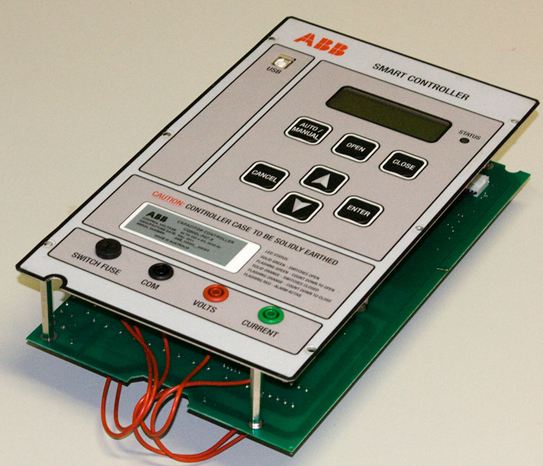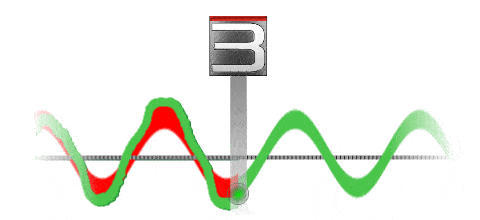Electrical Power Distribution
Electricity is essential to the modern world. It is the power source behind the vast majority of modern appliances. And for large quantities of it, we are currently mostly burning things to produce heat to run generators to create AC power to transformers to high voltage power lines to more transformers, low voltage power lines and eventually, homes, businesses and facilities.
AC power distribution has become the dominant way power is distributed because it was easier and more reliable to make big transformers than do DC/DC power conversion. And to reduce heat losses in wires higher voltages at lower currents is a good strategy. This is Electrical Engineering 101 material.
Today however, this has changed. DC/DC power conversion is now routinely used at high voltages and is more efficient than a transformer. So that saves some of the burning which helps reduce carbon emissions and can help with a range of concerns from climate change to pollution.
A good example of this is Basslink which passes power from Tasmania to Victoria at 400kVDC. While there is some criticism that it doesn’t deliver the originally planned 630MW (only goes to 500MW) it is still a good example of this type of technology.
Reducing Losses
There are other options for reducing losses and Power Factor Correction is one of the primary ones. This process add leading power factor capacitive reactance to the distribution grid by putting capacitors in to correct for lagging current due to lagging power factor inductive reactance from the dominant loads in the system such as motors etc. A good example of products that manage this are the ABB CQ900 and CQ930 smart power controllers. Both Australian design and made products. These are networked and Smart Grid enabled.
The other strategy is reduces losses at the loads. So LED lighting, building management systems, better insulation and better business models that make it worth the while of the asset developers to consider the long term energy footprint of running the asset. This is covered very will in Natural Capitalism.
Improving Distribution
In Electricity Grid 2.0 and Global Power Grid we explored what a world electricity grid could look like if we started again now. And High Voltage Direct Current plays a key role as do renewables and storage. However, if it really is a world grid then the sun will always be shining somewhere and when it is winter here is is summer elsewhere so a lot of the issues with variability can be averaged out.
Improving Load Management
Companies like Rectifier Technologies Pacific design and make higher efficiency power supplies for backup power, uninterruptible power supplies and data centers. This is an important way to reduce power losses. It also won them some iAwards.
Another approach is to micromanage the AC power itself and this is being done by companies like 3DFS that are putting microsecond level load demand management into data centres. They call is Software Defined Electricity. and it works by cleaning up the fluctuating demand distortion of the AC sine wave our Power Distribution Network is meant to be delivering.
They have some very advanced ideas on how to go about this and already have products in the market. You can get a good understanding of their overall strategy from the video below.
An even more interesting idea is that of making devices smarter so they work with the grid to manage their own demand so the total process is more efficient overall.
And finally, Low Power Electronics devices can reduce the amount of power needed to achieve a function. Some of the technologies we are working with now allow up to reduce power consumption by 3 orders of magnitude.
So there are lots of ways we can do it better and if we work together and use all the tools available to us then it is likely we will succeed at achieving that. The place to start is knowing it is possible.
Successful Endeavours specialise in Electronics Design and Embedded Software Development, focusing on products that are intended to be Made In Australia. Ray Keefe has developed market leading electronics products in Australia for more than 30 years. This post is Copyright © 2018 Successful Endeavours Pty Ltd.







